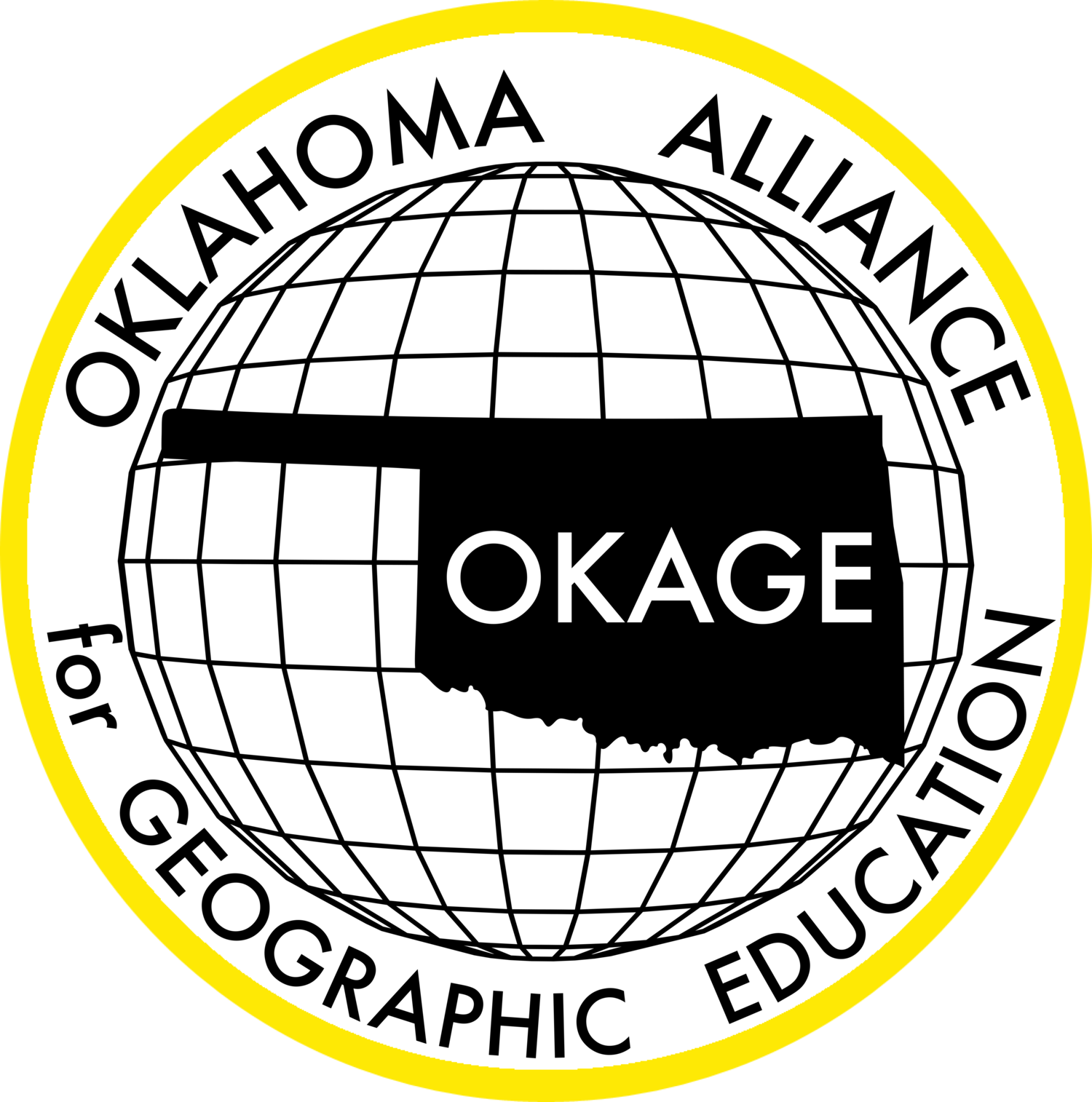Communism or Capitalism: Which is Best For China - A Command Economy or A Free Market Economy?
Description: In recent years the People’s Republic of China has increasingly adopted capitalist models for its economy with much success. Will China’s leaders be able to hold onto these changes or will they pull back and revert to the command economy of the past?
Grade level(s): Middle Standards: OAS, GFL Produced By: Ann Kennedy
China's One Child Policy
Human and Physical Characteristics of East Asia
The Destruction of the Aral Sea
Three Gorges Dam Debate
Oil at the Crossroads of History
Students will discover the positive and negative effects of abundant oil reserves in the Middle East by making assumptions and drawing conclusions. Students will then choose a positive or negative effect and further examine their topic with research. They will prepare a brief persuasive essay to present at a class discussion or debate. These activities will also address PALS (Process and Literacy Skills).
Grade level(s): High School Standards: GFL, OAS Produced By: Teresa Begley
India Caste System
South Asia: Relating Physical Systems to Population Density
Description: The goal of this lesson is to have students to see the relationships between physical systems and population density. They will use map skills to see relationships in India, Afghanistan and Pakistan.
Grade level(s): Middle Standards: PASS, GFL Produced By: Teresa Potter
A Cultural Look at India
Poetry of Japanese Kite Flying
An American's Experience in Japanese Culture
Description: Students will gain an understanding of different aspects of Japanese culture as well as comparing and contrasting the similarities and differences in Japanese and American cultures.
Grade level(s): Middle Standards: PASS, GFL, CC Produced By: Lee Ann Harrelson
Odd Man Out
Description: The region of the Middle East is not easily defined. Its boundaries and included countries are determined by which type of region you are describing: economic, cultural, religious, historical or geographic. For precisely this reason, it is an excellent area of the world to use to introduce students to the different types of regions that we study in geography.
Grade level(s): Middle Standards: PASS, GFL Produced By: Jayne Marley
All In
Description: This lesson shows how some countries in the Middle East are alike in many ways and is an anticipatory activity to the lesson Odd Man Out, which was presented at Session II of the 2011 World Geography Academy, October 19. Our perceptions are that all of the countries labeled as being in the “Middle East” have nearly all of the same regional characteristics. By beginning with those perceptions, it will be easier to move on to the more complex characteristics in another lesson.
Grade level(s): Middle Standards: PASS, GFL Produced By: Jayne Marley
Hindu Coming-of-Age Ritual
The ABC's of Afghanistan and Pakistan
Description: The goal of this lesson is to have students compare and contrast Afghanistan and Pakistan. They will create an alphabet fact book and a digital cartoon to highlight what they have learned.
Grade level(s): Middle Standards: PASS, GFL Produced By: Teresa Potter
Running Out of Gas
Description: The goal of this lesson is to engage students in exploring gasoline consumption and energy conservation. Students create oil product maps to compare Oklahoma to Syria, two oil producing places which are similar in size. Students hypothesize about effective means of transportation to conserve energy.
Grade level(s): Middle Standards: PASS, GFL Produced By: Teresa Potter
Teaching in China
Description: This collection of lesson plans covers topics about China and teaching English in China.
Grade level(s): Middle School
Standards: OAS, GFL
Produced By: John J. Katana



















